From Nha Rong to Ho Chi Minh Museum
Ho Chi Minh Museum, Ho Chi Minh City branch is located at 01 Nguyen Tat Thanh, Ward 12, District 4, Ho Chi Minh City. Previously, Nha Rong was the headquarters of Saigon commercial port, built by the French in 1862 in Western architectural style but on the roof were mounted 2 dragons "two dragons facing the moon". Therefore, the building was called Nha Rong, the port next to it was named Nha Rong Port. Later, during the restoration and repair process, the 2 dragons on the roof were replaced by 2 new dragons with their heads facing outward. After the liberation of the South, Ho Chi Minh City People's Committee restored Nha Rong into Uncle Ho Relic Site, then President Ho Chi Minh Memorial Site and finally Ho Chi Minh Museum, Ho Chi Minh City branch as it is today.
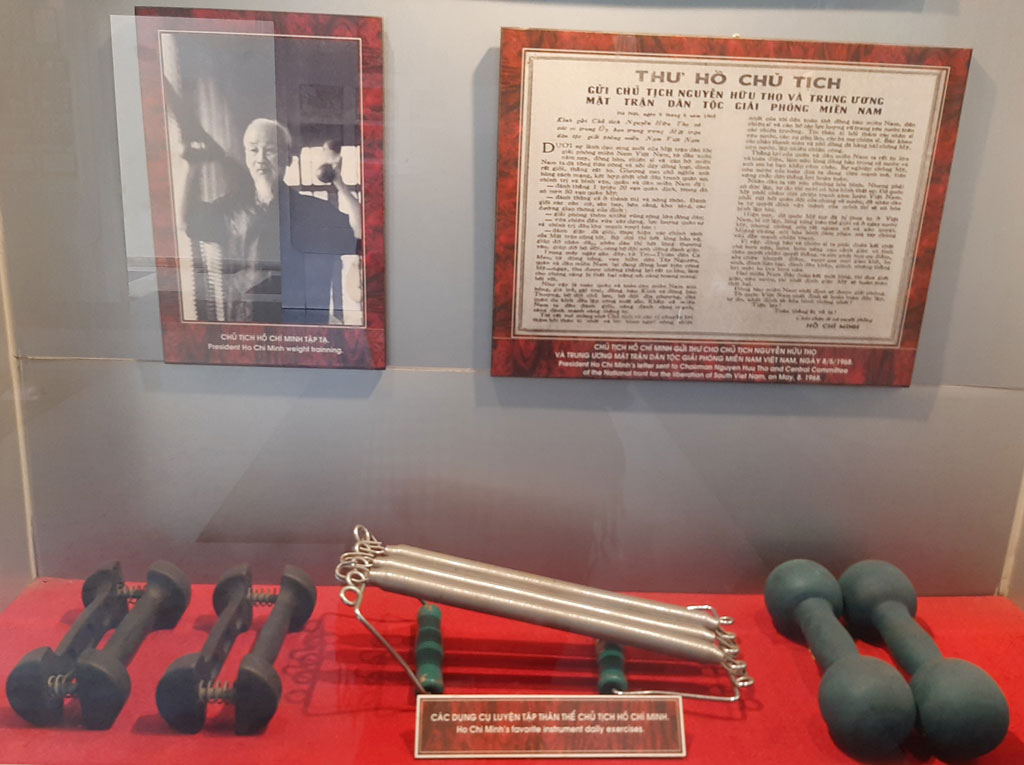
Nha Rong Wharf is a familiar place for the people of the city in particular and the South in general. This is where many documents, artifacts, and images related to the biography and revolutionary career of President Ho Chi Minh are kept. There are 4 exhibition rooms about the life and great revolutionary career of President Ho Chi Minh, 3 special exhibition rooms: Uncle Ho's journey to find a way to save the country; Uncle Ho's feelings for the people of the South, the love and respect of the people of the South for Uncle Ho and the system of Uncle Ho temples in the South.
An emotional journey
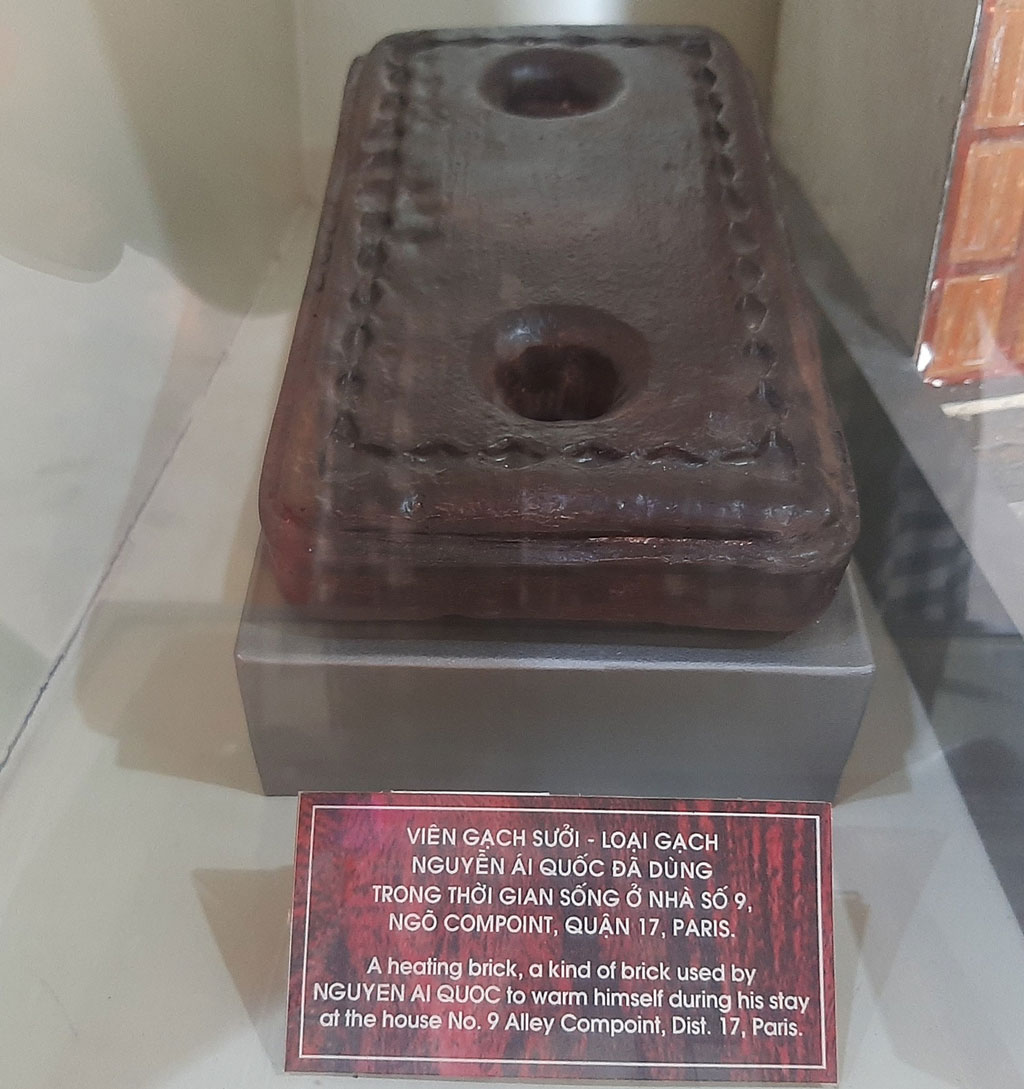
The four galleries about Uncle Ho's life and revolutionary career are considered important highlights, where, in addition to artifacts and images, there are also meaningful sayings, expressing Uncle Ho's lifelong devotion to the country and people. During his journey to find a way to save the country, Uncle Ho traveled to many places and stayed in many locations. Miniature models simulating some of the places where Uncle Ho lived are placed in the galleries, helping visitors better understand Uncle Ho's journey to find the truth. Among them, the most impressive is probably the model of house number 9, Compoint alley, district 17, Paris - where comrade Nguyen Ai Quoc lived from July 14, 1921 to March 14, 1923, placed next to the same type of brick that Uncle Ho used to warm himself during his time living at house number 9. The model is quite detailed. Through the half-open window, visitors can see the interior of the house, which only has a small cabinet, a bed and a table. The light from the yellow bulb shining through the model window gives viewers the feeling of actually standing in front of Uncle Ho's living space during his years of wandering in a foreign land.
Besides house number 9, the Pac Po cave model also helps visitors better understand the hardships that President Ho Chi Minh went through in his journey to save the country, and admire his talent and virtue even more. Each artifact displayed in the museum brings special emotions to viewers. These are the items Uncle Ho used every day, his great works that resonated with him, his handwritten letters, and photos describing his life during his journey to find a way to save the country and steer the boat to bring the nation to the shore of freedom and independence.

Visiting Ben Nha Rong, visitors need a lot of time to explore each gallery, look carefully at each photo, each caption and feel for themselves. With nearly 24,000 documents and artifacts including over 3,000 original artifacts and some confidential documents, the Ho Chi Minh Museum branch in Ho Chi Minh City is a "red address" for people and tourists to visit and learn more about the life and revolutionary career of President Ho Chi Minh and the history of the nation. Participating in the tour group from Nha Be district, Ho Chi Minh City, Ms. Nguyen Tuyet Xuan shared: "Although I live in the city, this is the first time I have come to Ben Nha Rong. The information, images and artifacts inside the museum provide us with so much information and emotions. For me, this is a meaningful trip in May - the month of Uncle Ho's birthday".
After visiting all the galleries, understanding more about Uncle Ho as well as a period of our country's history, walking to the second floor corridor of the museum, looking out to the Saigon River, visitors can clearly feel the changes of the city named after Uncle Ho. New buildings springing up, the bustling city life by the quiet river is enough to make us feel proud of what we have achieved after so many years of independence.
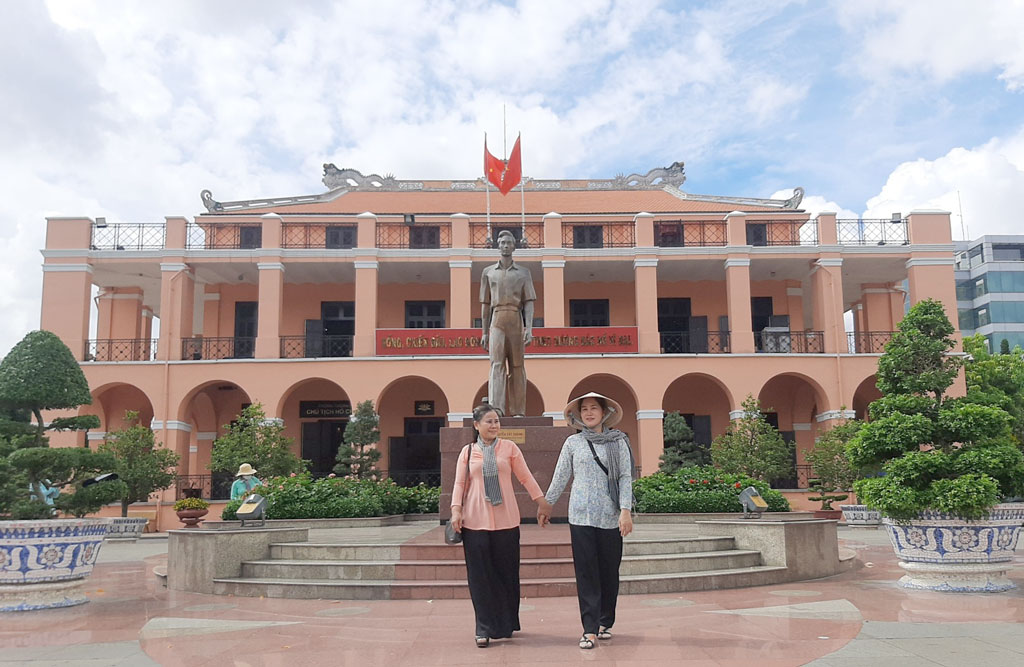
Stepping down to the museum yard is a cool, beautiful green space with carefully tended bonsai trees. In the middle of the yard, facing the Saigon River, is the statue of “Nguyen Tat Thanh leaving to find a way to save the country” made by sculptor Pham Muoi. The metal statue is 3.3m high, weighs 1 ton, and is where visitors often take souvenir photos when coming to the museum.
Sitting under the shade of trees in the museum grounds, visitors can look back at the overall architecture of Nha Rong with its East-West blend and calm their hearts, be grateful for the past as well as love the present more, and be proud of what the whole nation is building and striving towards./.
Guilin
Source link



![[Photo] Prime Minister Pham Minh Chinh meets with the Policy Advisory Council on Private Economic Development](https://vphoto.vietnam.vn/thumb/1200x675/vietnam/resource/IMAGE/2025/5/8/387da60b85cc489ab2aed8442fc3b14a)
![[Photo] National Assembly Chairman Tran Thanh Man chairs the meeting of the Subcommittee on Documents of the First National Assembly Party Congress](https://vphoto.vietnam.vn/thumb/1200x675/vietnam/resource/IMAGE/2025/5/8/72b19a73d94a4affab411fd8c87f4f8d)
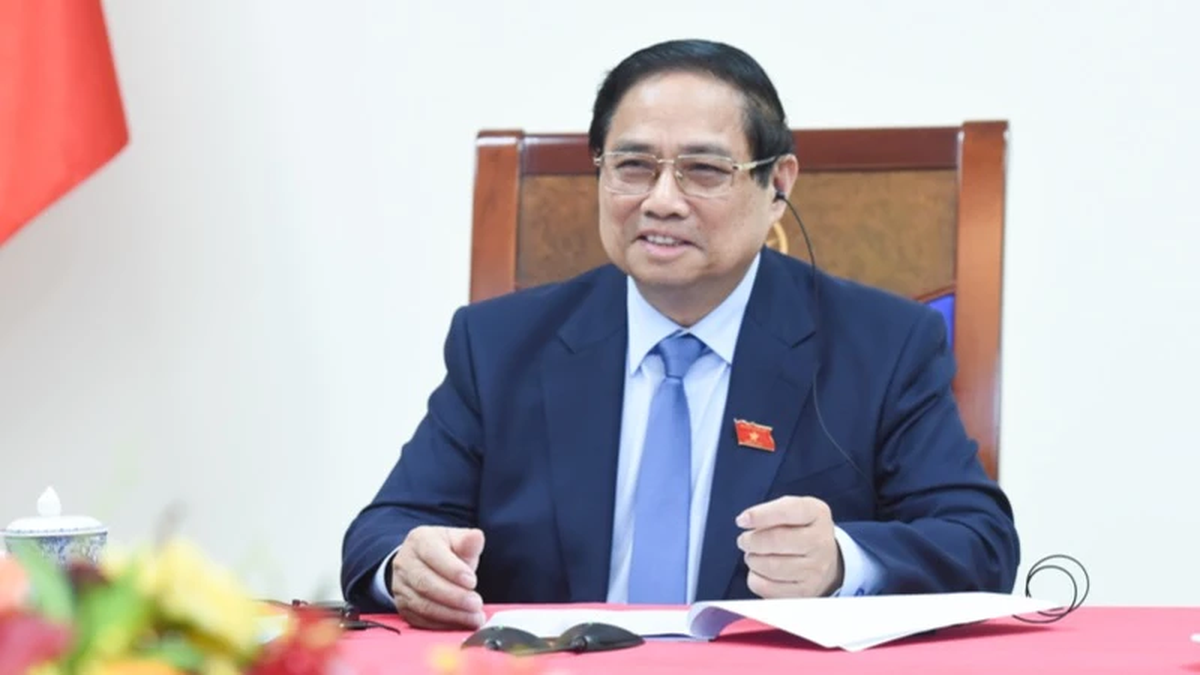
![[Photo] General Secretary concludes visit to Azerbaijan, departs for visit to Russian Federation](https://vphoto.vietnam.vn/thumb/1200x675/vietnam/resource/IMAGE/2025/5/8/7a135ad280314b66917ad278ce0e26fa)
![[Photo] President Luong Cuong presents the decision to appoint Deputy Head of the Office of the President](https://vphoto.vietnam.vn/thumb/1200x675/vietnam/resource/IMAGE/2025/5/8/501f8ee192f3476ab9f7579c57b423ad)
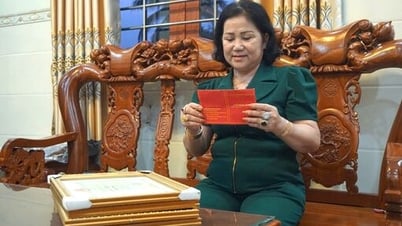
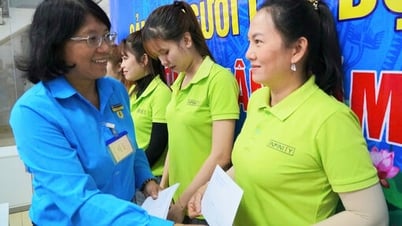

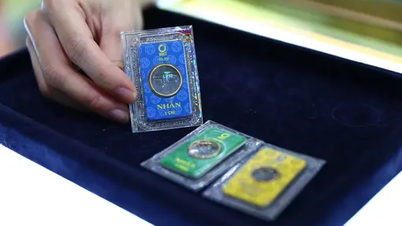






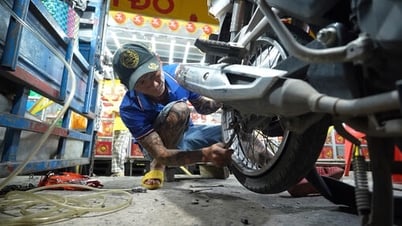

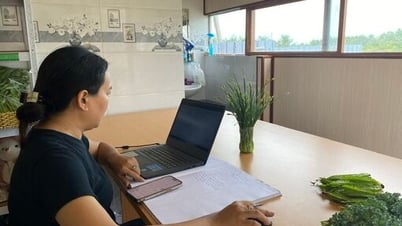

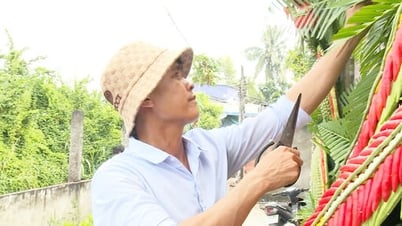
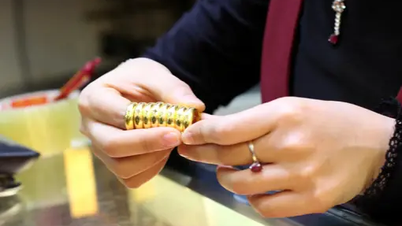

































![[Photo] Prime Minister Pham Minh Chinh talks on the phone with Singaporean Prime Minister Lawrence Wong](https://vphoto.vietnam.vn/thumb/402x226/vietnam/resource/IMAGE/2025/5/8/e2eab082d9bc4fc4a360b28fa0ab94de)













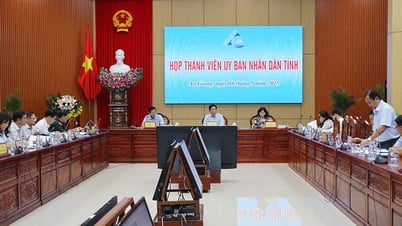

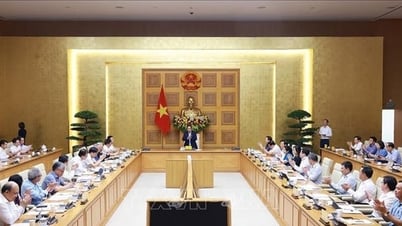



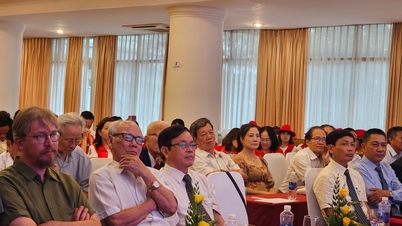
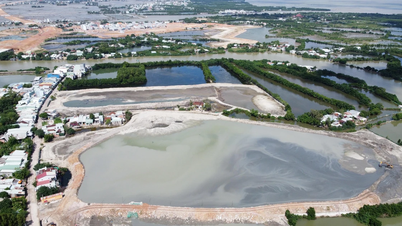













Comment (0)